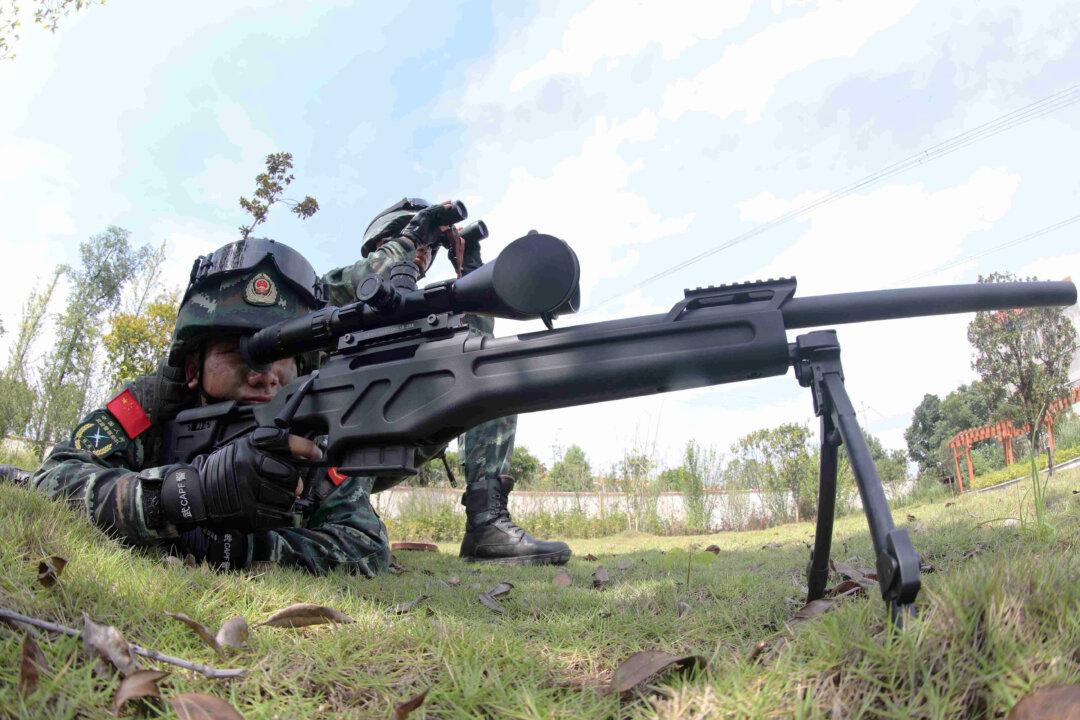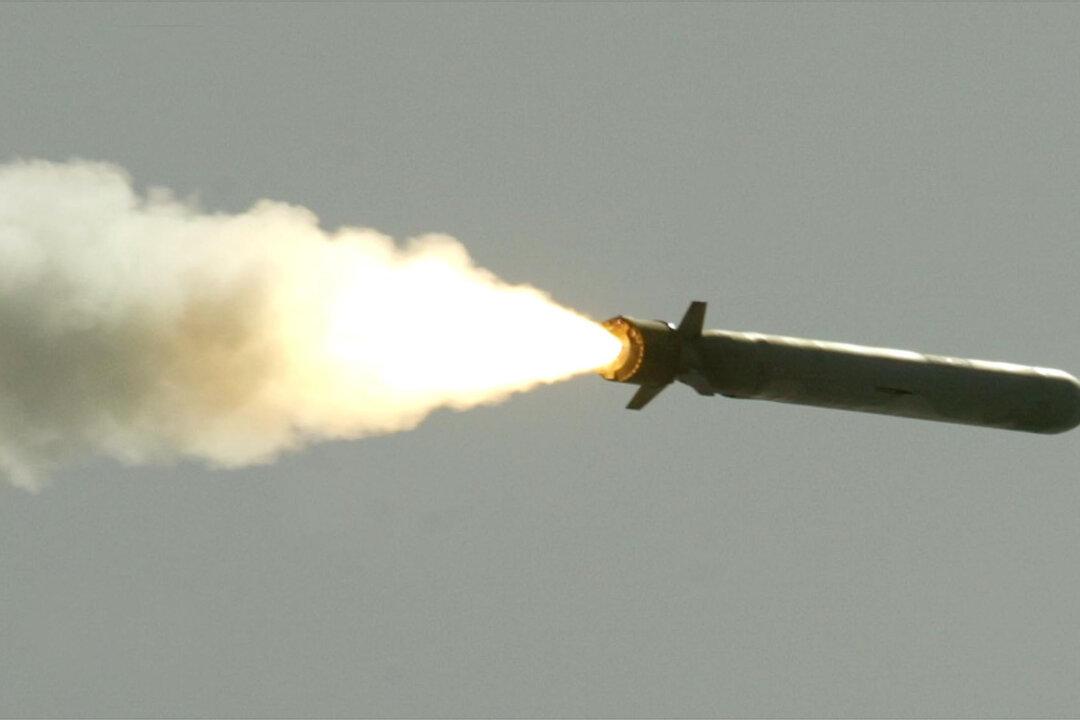WASHINGTON—President Donald Trump announced the release of the 2019 Missile Defense Review on Jan. 17, while Pentagon officials highlighted the increasing threat of new missile technologies being developed by foreign nations and the growing importance of space-based weapons systems.
“Our goal is simple: to ensure that we can detect and destroy any missile launched against the United States anywhere, any time, any place,” Trump said.



